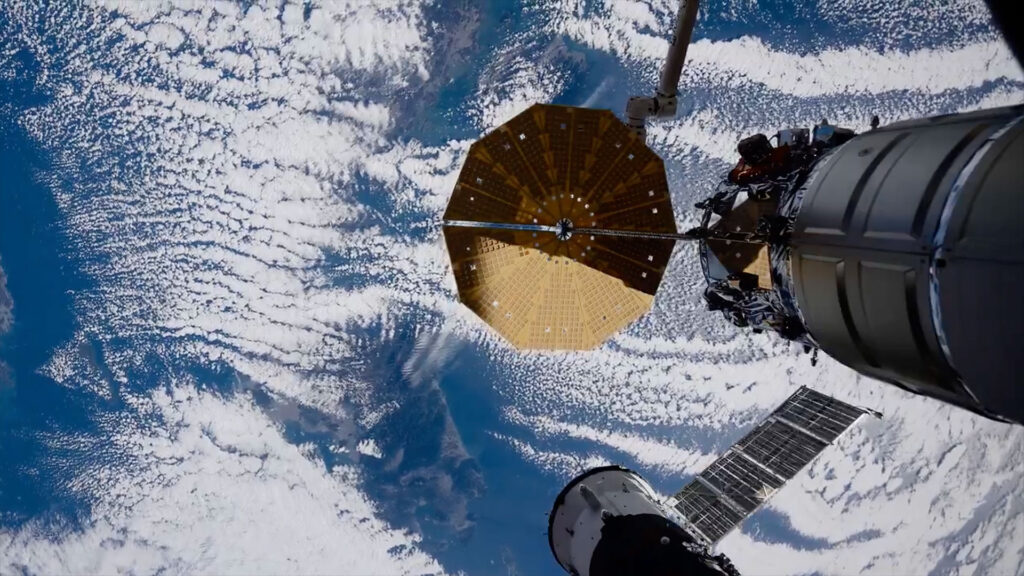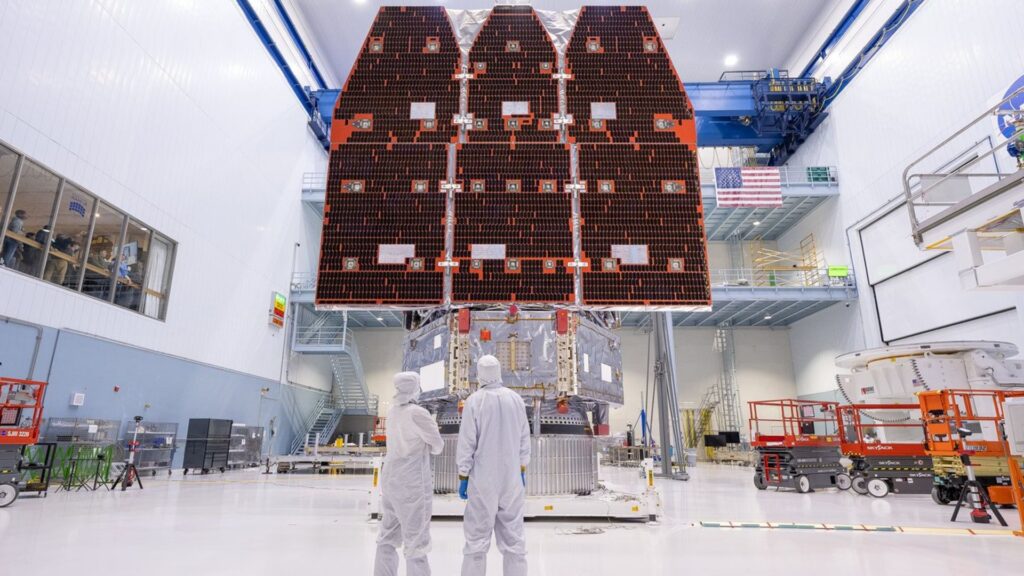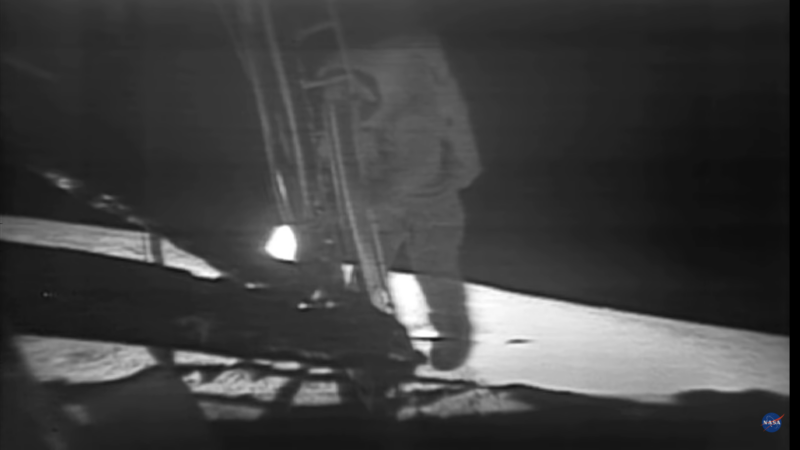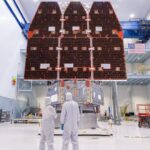Now Reading: NASA’s Roman Space Telescope could discover 100,000 new cosmic explosions: ‘We’re definitely expecting the unexpected’
-
01
NASA’s Roman Space Telescope could discover 100,000 new cosmic explosions: ‘We’re definitely expecting the unexpected’
NASA’s Roman Space Telescope could discover 100,000 new cosmic explosions: ‘We’re definitely expecting the unexpected’
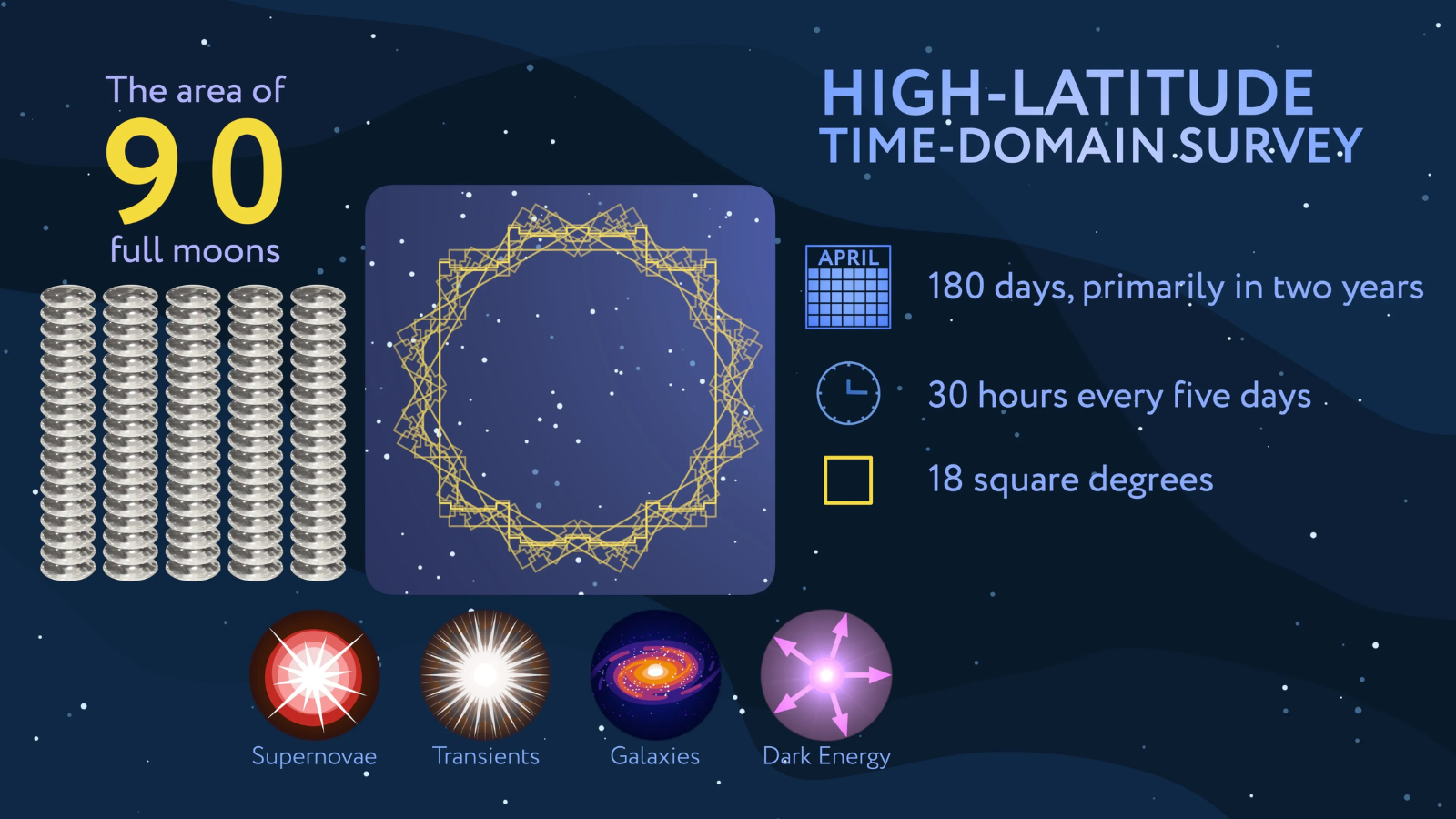
It’s little wonder that astronomers are excited for the launch of NASA’s next big space telescope project, the Nancy Grace Roman Telescope.
Recent research has suggested that Roman, currently set to launch no later than May 2027, will discover as many as 100,000 powerful cosmic explosions as it conducts the High-Latitude Time-Domain Survey observation program.
These powerful and violent events will include supernovas that signal the deaths of massive stars, kilonovas, which happen when two of the universe’s most extreme dead stars, or “neutron stars,” slam together, and “burps” of feeding supermassive black holes. Roman could even detect the explosive destruction of the universe’s first generation of stars.
These explosions could help scientists crack the mystery of dark energy, the placeholder name for the strange force that is causing the expansion of the universe to accelerate, and a multitude of other cosmic conundrums.
“Whether you want to explore dark energy, dying stars, galactic powerhouses, or probably even entirely new things we’ve never seen before, this survey will be a gold mine,” research leader Benjamin Rose, an assistant professor at Baylor University, said in a statement.
Roman will hunt white dwarfs that go boom!
The High-Latitude Time-Domain Survey will obtain its explosive results by scanning the same large region of space every five days for a period of two years.
These observations will then be “stitched together” to create movies revealing a wealth of cosmic explosions.
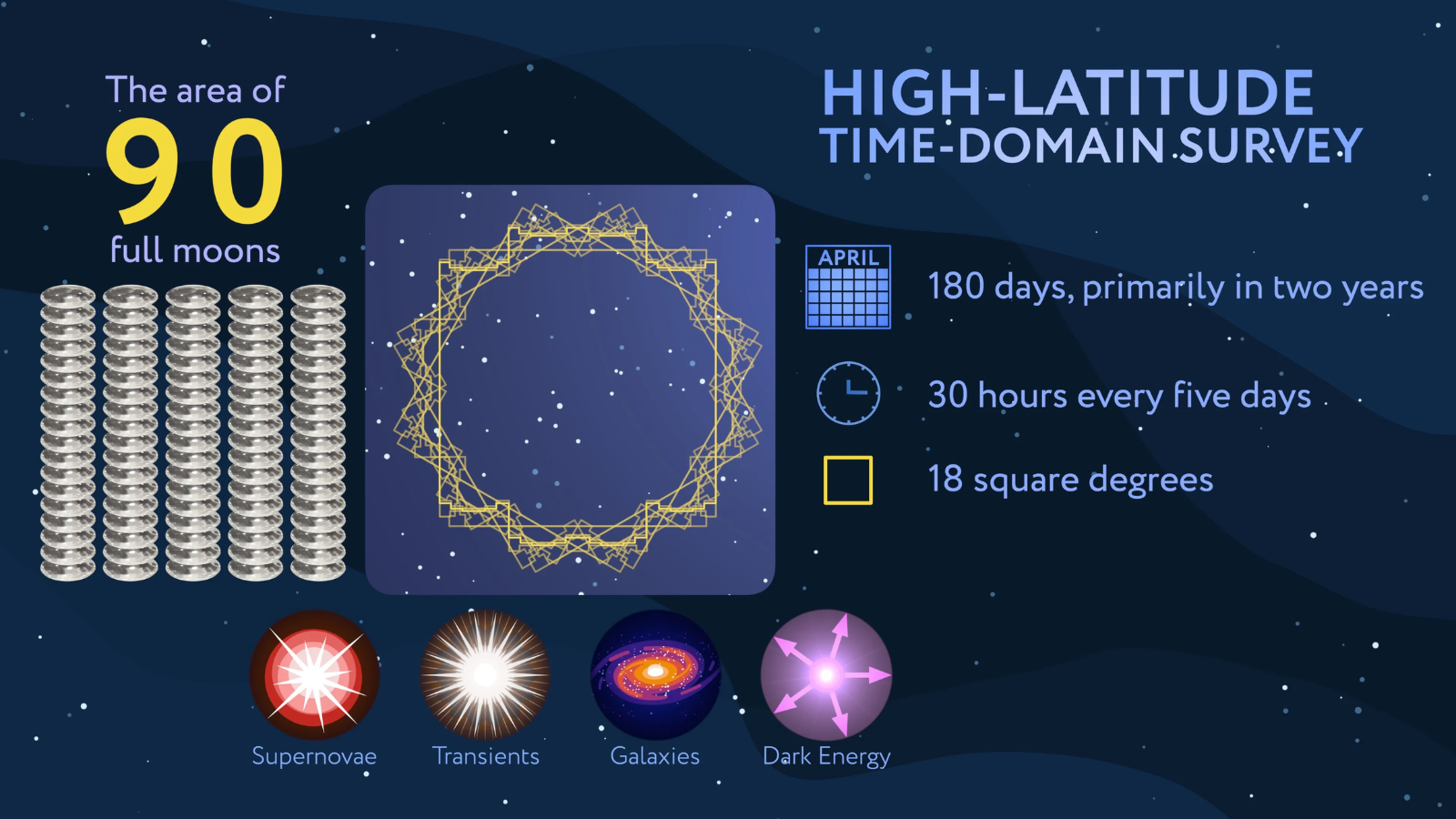
Many of these will be Type Ia supernovas, a type of cosmic explosion that occurs when a “dead star” or white dwarf feeds on a companion star so ravenously that it blows its top.
These cosmic explosions are vital to astronomers because their light output and peak brightness are so regular from event to event that they can be used to measure cosmic distances. This regularity means astronomers refer to Type Ia supernovas as “standard candles.”
This new research, which simulated Roman’s entire High-Latitude Time-Domain Survey, suggests the space telescope could reveal up to 27,000 new Type Ia supernovas. That is about 10 times as many of these white dwarf destroying explosions as the combined harvest of all previous surveys.
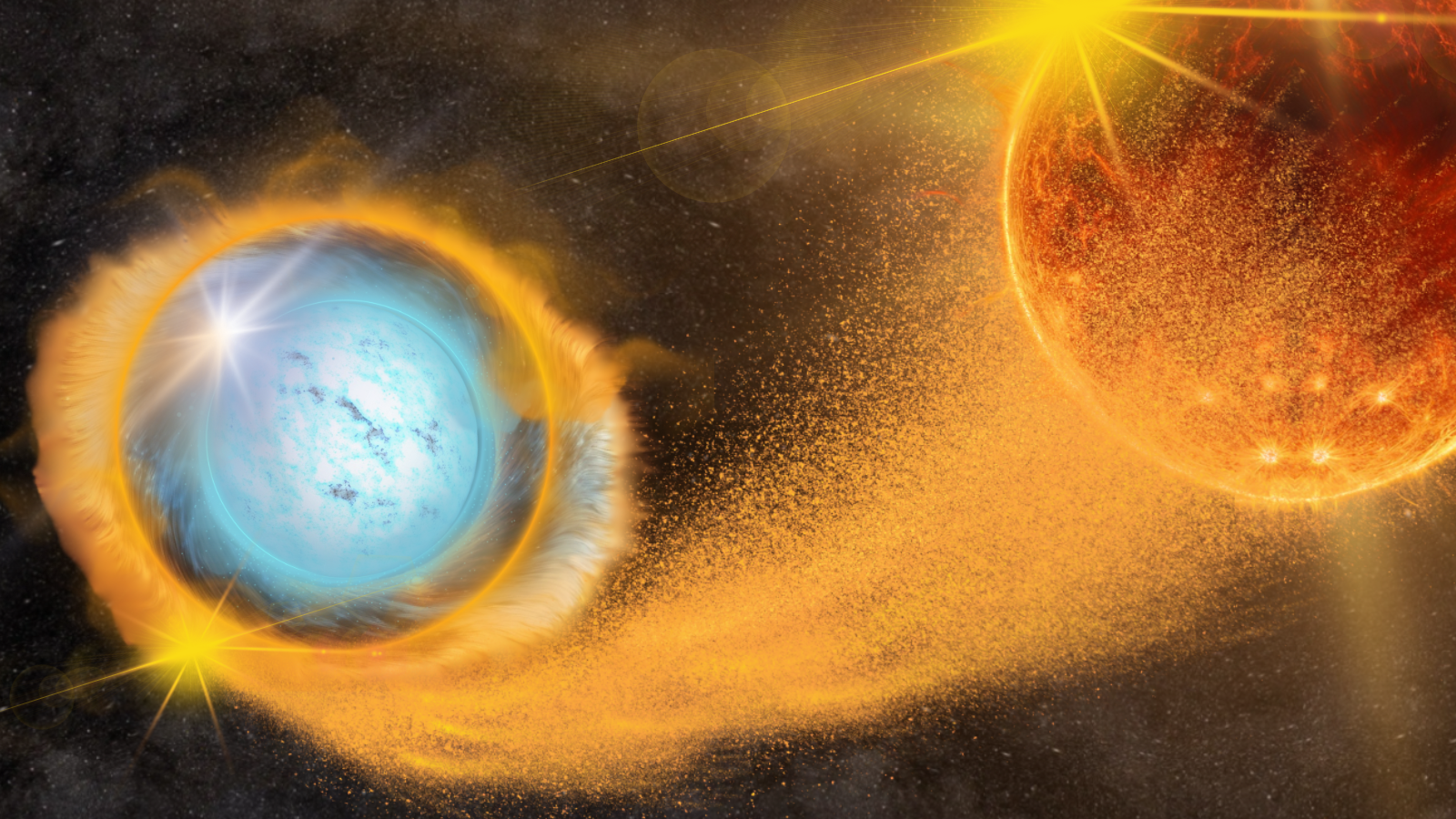
By looking at standard candles across differing vast distances, astronomers are essentially looking back into cosmic time, and that allows them to determine how fast the universe was expanding at these times.
Thus, such a wealth of Type Ia supernovas should reveal hints at the secrets of dark energy. This could help verify recent findings from the Dark Energy Spectroscopic Instrument (DESI) that suggest this strange force is actually weakening over time.
“Filling these data gaps could also fill in gaps in our understanding of dark energy,” Rose explained. “Evidence is mounting that dark energy has changed over time, and Roman will help us understand that change by exploring cosmic history in ways other telescopes can’t.”
Dying stars tell the tale of the stellar life cycle
The team estimates that as many as 60,000 of the 100,000 cosmic explosions that could be detected by Roman will be so-called “core collapse supernovas.”
These occur when massive stars at least 8 times heavier than the sun reach the end of their nuclear fuel and can no longer support themselves against gravitational collapse.
As these stars’ cores rapidly collapse, the outer layers are blasted away in supernovas, spreading the elements forged by these stars through the cosmos to become the building blocks of the next generation of stars, their planets, and maybe even lifeforms dwelling on said planets. Core collapse supernovas leave behind either neutron stars or black holes, depending on the mass of the progenitor star.
This means that while they can’t help unravel the mystery of dark energy like Type Ia supernovas may, they can tell the tale of stellar life and death.
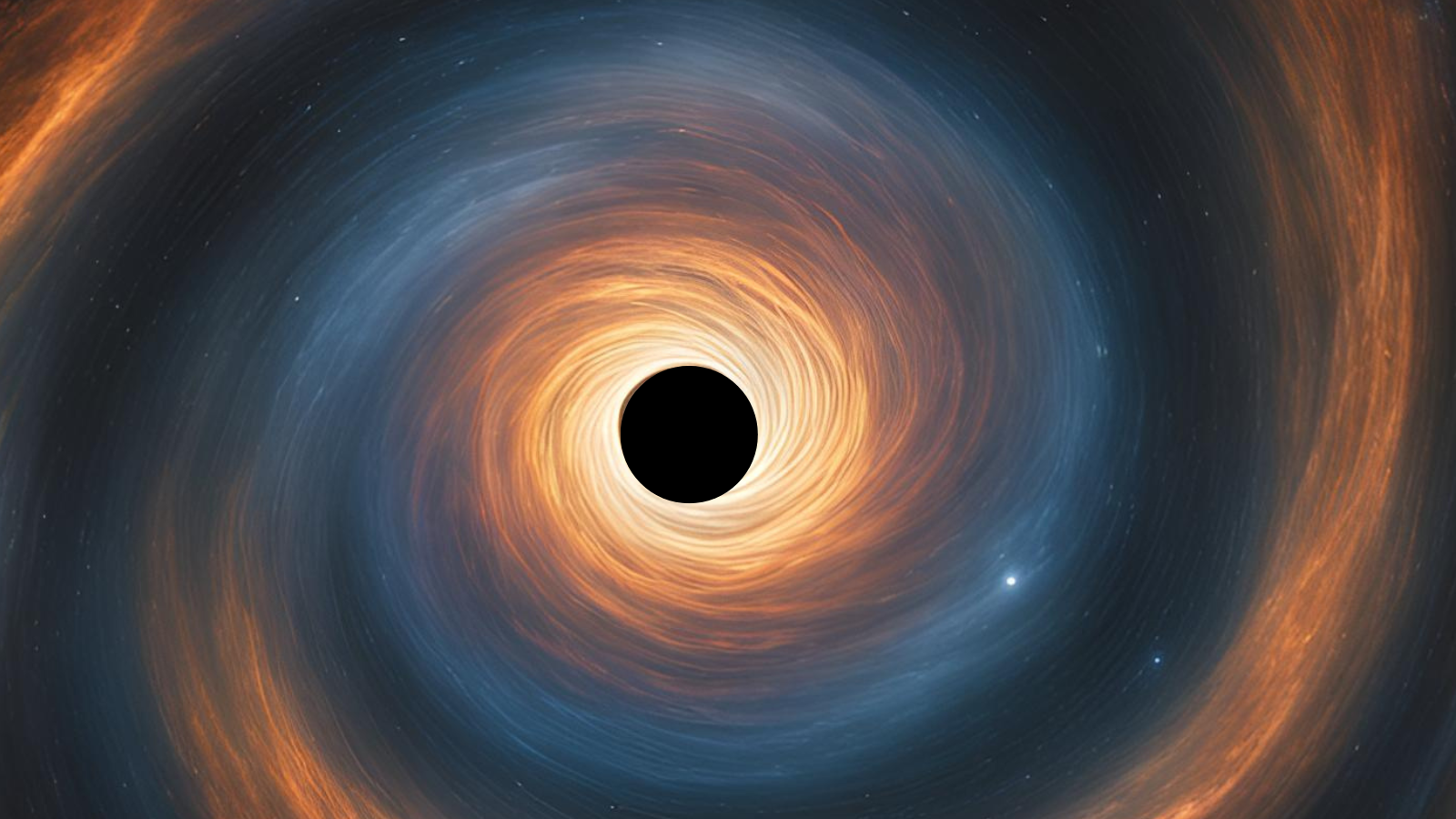
“By seeing the way an object’s light changes over time and splitting it into spectra — individual colors with patterns that reveal information about the object that emitted the light—we can distinguish between all the different types of flashes Roman will see,” research team member Rebekah Hounsell from NASA’s Goddard Space Flight Center explained. “With the dataset we’ve created, scientists can train machine-learning algorithms to distinguish between different types of objects and sift through Roman’s downpour of data to find them.
“While searching for Type Ia supernovas, Roman is going to collect a lot of cosmic ‘bycatch’—other phenomena that aren’t useful to some scientists, but will be invaluable to others.”
Rare cosmic gems and pure gold kilonovas
One of the rarer events that Roman could also detect occurs when black holes devour unfortunate stars that wander too close to them.
During these tidal disruption events (TDEs), the doomed star is ripped apart by the tremendous gravitational influence of the black hole via the immense tidal forces it generates.
Though much of the star is consumed by the black hole, these cosmic titans are messy eaters, meaning the vast amount of that stellar material is vomited out at velocities approaching the speed of light.
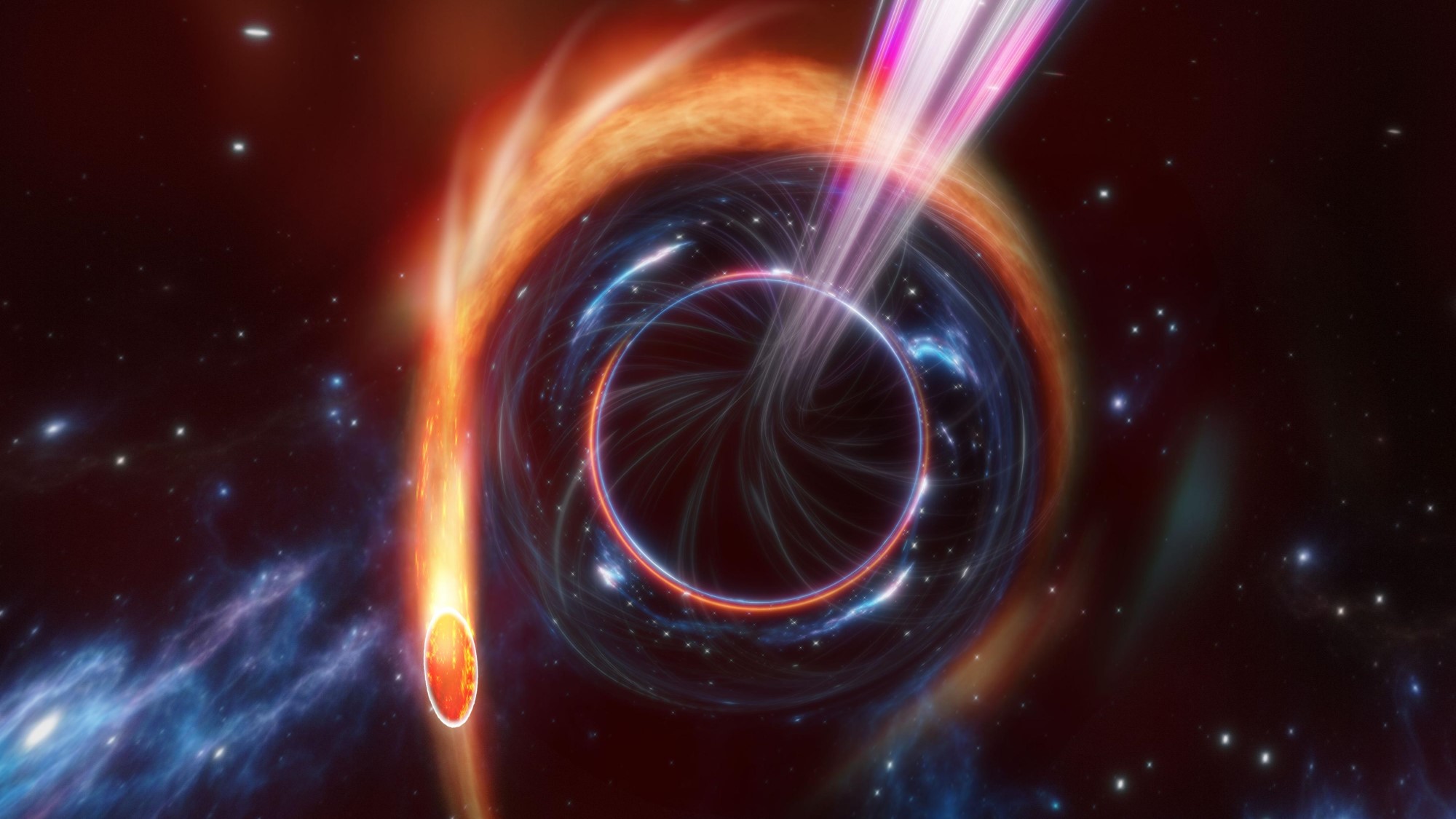
This jet of matter and the stellar material of the destroyed star that settles around the black hole in a flattened swirling cloud called an accretion disk generate emissions across the electromagnetic spectrum.
Roman will hunt these emissions to detect TDEs, with this team predicting that the High-Latitude Time-Domain Survey will turn up around 40 of these star-destroying events.
Even more elusive than TDEs are kilonovas, explosive bursts of light that occur when two neutron stars smash together and merge.
The team estimates that Roman could uncover around 5 new kilonovas, and while this is a small harvest, these observations could be vital to understanding where precious metals like gold and silver come from.
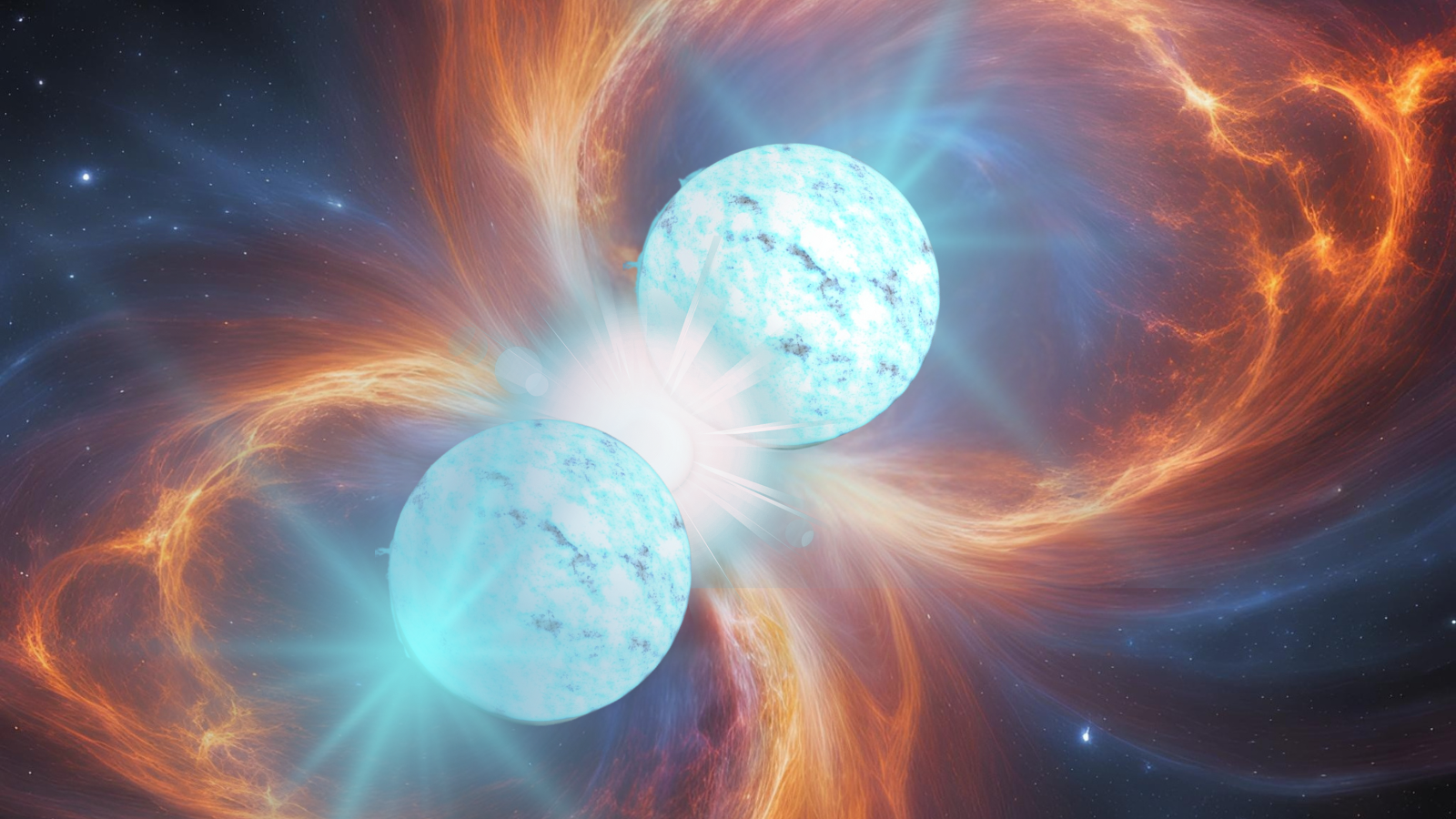
Though most of the elements we see around us are generated at the heart of stars, even these stellar furnaces lack the pressures and temperatures needed to form elements heavier than iron. The environments around neutron star collisions are thought to be the only furnaces in the cosmos extreme enough to generate elements like gold, silver and plutonium.
These would start life as even heavier elements that are unstable and rapidly decay. This decay releases the light seen as kilonovas, and thus studying that light is vital to understanding that process.
The study of kilonovas could also help determine what types of celestial bodies are created when neutron stars merge. This could be an even larger neutron star that rapidly collapses into a black hole, an immediately formed black hole, or something entirely new and unthought of.
Thus far, astronomers have only definitively confirmed the detection of one kilonova, meaning even another five would be a real boon to science.
Roman looks for instability in the first stars
Perhaps the most exciting cosmic explosion discovery that Roman could make would be the observation of the strange explosive death of the universe’s first stars.
Currently, it is theorized that these early massive stars may have died differently than modern stars.
Rather than undergoing the core collapse described above, gamma-rays within the first stars could have generated matter-antimatter pairs in the form of electrons and positrons. These particles would meet and annihilate each other within the star, and this would release energy, resulting in a self-detonation called a “pair-instability supernova.”
These blasts are so powerful that it is theorized that they leave nothing behind, barring the fingerprint of elements generated during that star’s lifetime.

As of yet, astronomers have dozens of candidates for pair-instability supernovas, but none have been confirmed. The team’s simulation suggests that Roman could turn up as many as ten confirmed pair-instability supernovas.
“I think Roman will make the first confirmed detection of a pair-instability supernova,” Rose said. “They’re incredibly far away and very rare, so you need a telescope that can survey a lot of the sky at a deep exposure level in near-infrared light, and that’s Roman.”
Related Stories:
The team intends to perform a further simulation of Roman’s study of the cosmos, which could indicate its capability to spot and even wider array of powerful and violent events, maybe even some that haven’t yet been theorized.
“Roman’s going to find a whole bunch of weird and wonderful things out in space, including some we haven’t even thought of yet,” Hounsell concluded. “We’re definitely expecting the unexpected.”
This research was published on Tuesday (July 15) in The Astrophysical Journal.
Stay Informed With the Latest & Most Important News
-
 012024 in Review: Highlights from NASA in Silicon Valley
012024 in Review: Highlights from NASA in Silicon Valley -
 02Panasonic Leica Summilux DG 15mm f/1.7 ASPH review
02Panasonic Leica Summilux DG 15mm f/1.7 ASPH review -
 03How New NASA, India Earth Satellite NISAR Will See Earth
03How New NASA, India Earth Satellite NISAR Will See Earth -
 04And Thus Begins A New Year For Life On Earth
04And Thus Begins A New Year For Life On Earth -
 05Astronomy Activation Ambassadors: A New Era
05Astronomy Activation Ambassadors: A New Era -
06SpaceX launch surge helps set new global launch record in 2024
-
 07From Polymerization-Enabled Folding and Assembly to Chemical Evolution: Key Processes for Emergence of Functional Polymers in the Origin of Life
07From Polymerization-Enabled Folding and Assembly to Chemical Evolution: Key Processes for Emergence of Functional Polymers in the Origin of Life












